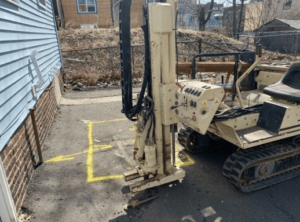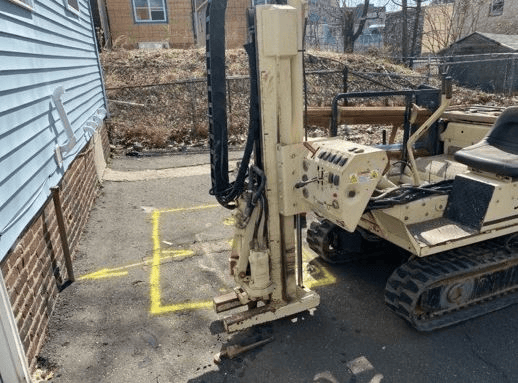
Welcome to another informative podcast! Today, we’re delving into the world of soil testing, an essential aspect of ensuring the safety and compliance of your property, especially if you have or have had an underground oil tank. There’s often confusion surrounding soil testing, as there are different types and contexts to consider. Let’s break it down together.
At Simple Tank Services, LLC, we’re committed to providing you with comprehensive solutions for your tank removal and soil remediation needs. When it comes to soil testing, there are four primary types that you should be aware of. Each type serves a specific purpose and helps determine the appropriate course of action.
**1. Existing Tank Soil Testing:**
If you have an active or inactive underground oil tank still in place or was previously filled, and you’re concerned about leaks or discharges, soil testing around the existing tank is crucial. Our skilled team performs soil testing by probing around the exterior of the tank, usually about 7 feet below the surface. This process involves taking three borings around each side of the tank, and these samples are then sent to a certified lab for analysis. If contamination is discovered during this process, we will delineate the contamination to determine a fixed price for soil remediation.
**2. Grab Samples:**
When we remove your underground oil tank, any signs of a discharge such as holes, stained soils, or an odor warrant a grab sample. This entails collecting one sample from the bottom of the excavation. The sample is sent to the lab for a preliminary assessment of contamination levels. This assessment informs the options available for closing your case, which could include proving that contamination is below cleanup standards or undertaking a remediation process.
**3. Post Excavation Soil Samples, NJDEP Close Out:**
After a soil remediation, which involves removing contaminated soil and replacing it with certified clean fill, post excavation soil samples are taken. These samples include sidewall samples and a sample from the bottom of the excavation. Additionally, a sample may be taken from the pipeline connected to the oil tank. This step ensures that the site has been successfully remediated and meets safety standards.
**4. Sampling for NJDEP Close Out:**
We can perform a soil investigation with oversight from our subsurface evaluator to close out your open NJDEP case number. Five to six sample will be required to be extracted from the previous tank grave. All samples must be below the NJDEP cleanup criteria in order to complete a report requesting a No Further Action letter from NJDEP.
When considering soil testing, factors such as the tank’s status, any existing grab sample results, and the scope of remediation play a role in determining the most appropriate type of soil testing for your situation. At Simple Tank Services, we prioritize providing you with accurate and actionable information, guiding you through the testing process and beyond.
Got questions about soil testing or need guidance on which type of testing is right for you? Reach out to us! Our team, led by Teddy, is ready to assist you in ensuring the health and compliance of your property. Contact us at 732-965-8265 for expert insights and reliable solutions.
Stay tuned for more engaging podcasts and valuable insights from Simple Tank Services, LLC!

